Compositionally, The Wait without Waiting calls to mind the works Nighthawks (1942) and Twentysix Gasoline Stations (1963) and Standard Station, Amarillo Texas (1964) by American Realist painters, Edward Hopper and Ed Ruscha respectively. Sensationally too, The Wait draws the viewer to reflect on notions of identity, isolation and loneliness, echoing the impressions presented in Hopper and Ruscha’s renowned works. Stylistically, The Wait’s painterly quality arises out of the various ‘lines’ that cross the screen: the harsh horizontal and vertical lines marked out by the petrol station’s stationary silhouette along with the ‘green’ and ‘red’ taxis that brush past the screen work together to create a dynamic landscape that evokes both a sense of ‘stability’ and ‘instability’ that hangs in a fine balance.Through carefully crafted edits, that result in one footage presenting only available taxis and the other featuring only unavailable taxis, The Wait plays on the familiar emotions of satisfaction and frustration witnessed by individuals who attempt to hail taxis; “I edited the video separating the available and unavailable taxis, thereby also removing the actual waiting time of six hours. Then I stitched them all together into two separate channels, the taxis emerging continuously, seamlessly without wait,” explained the artist.




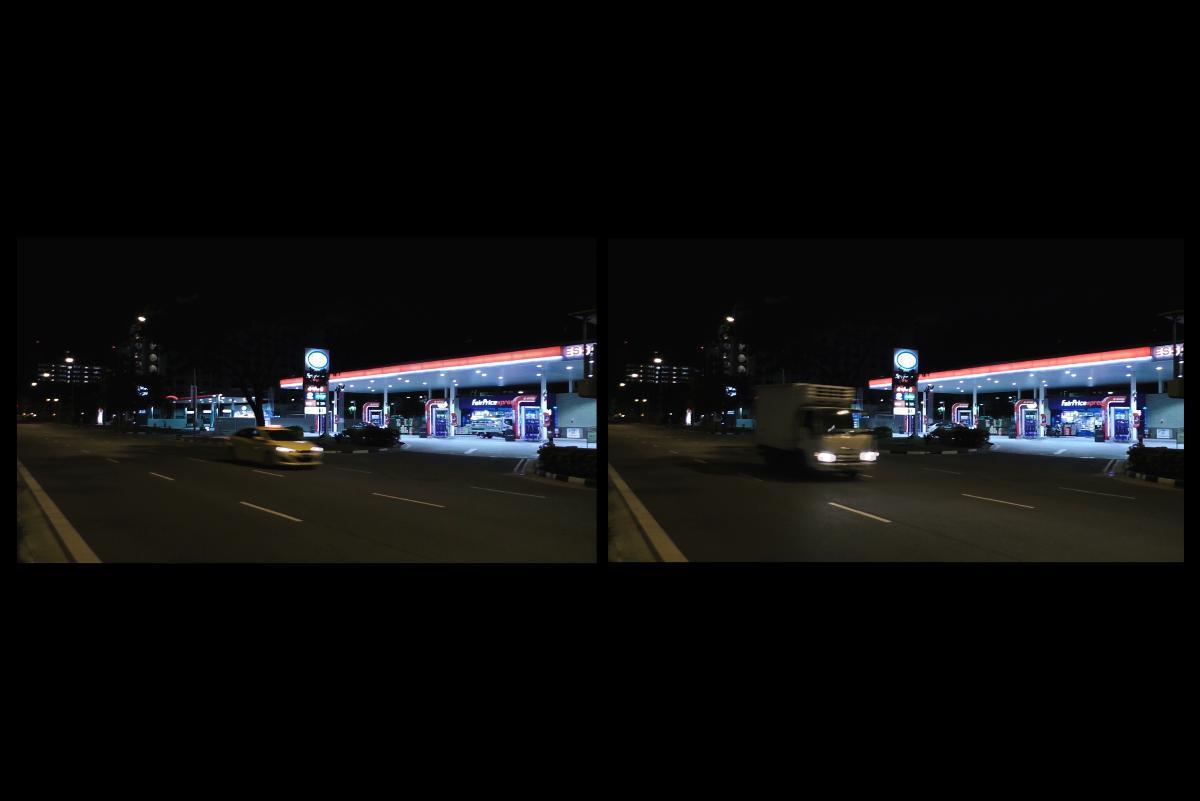
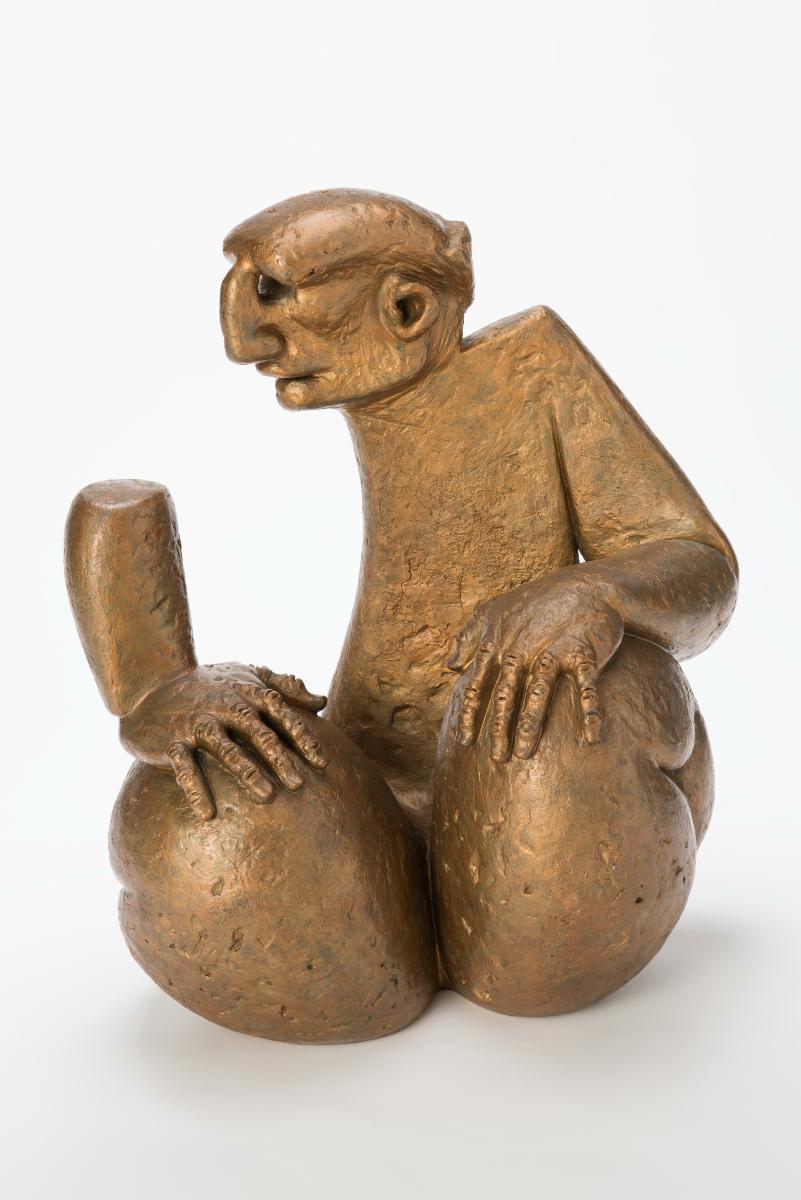
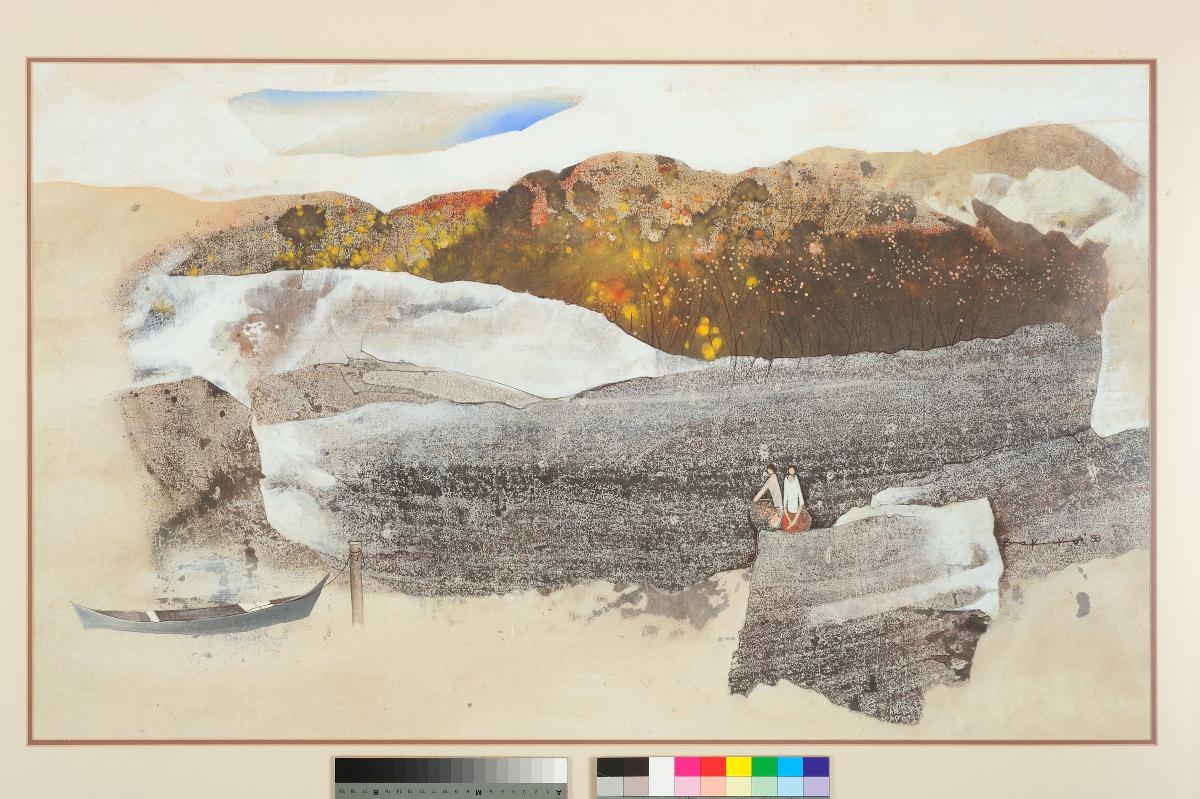
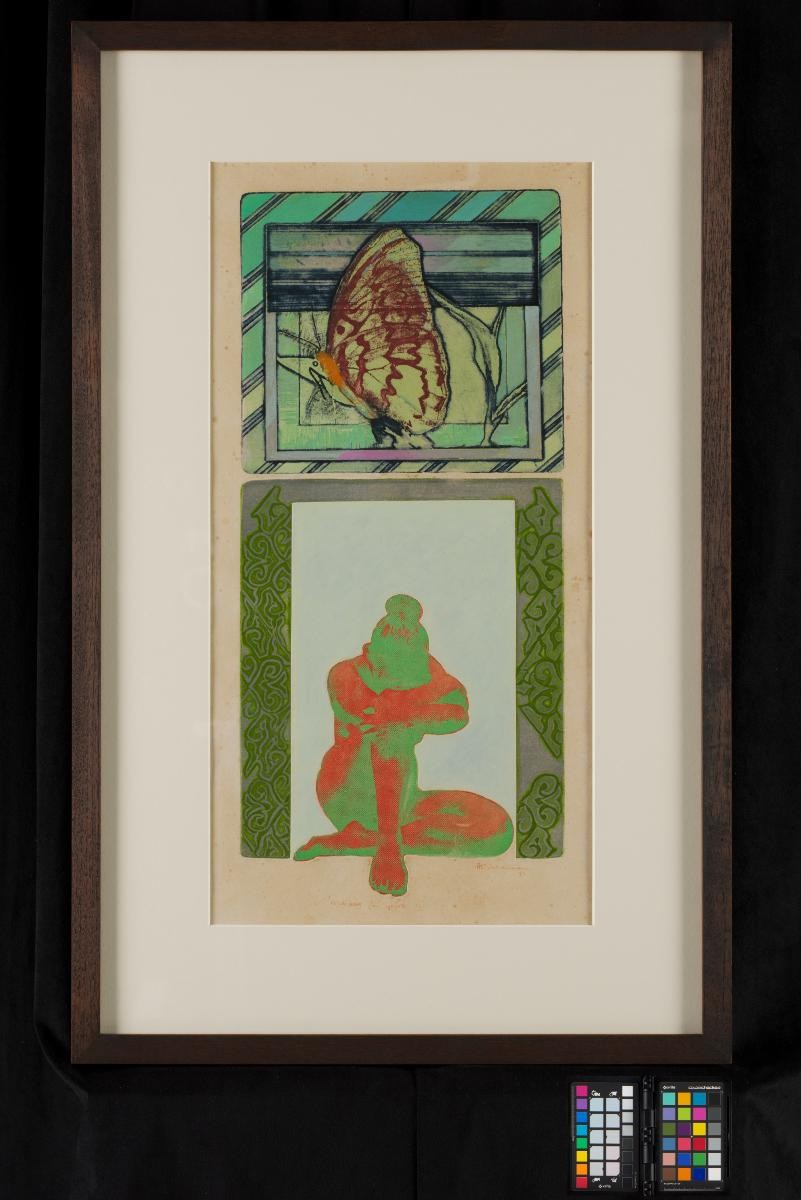
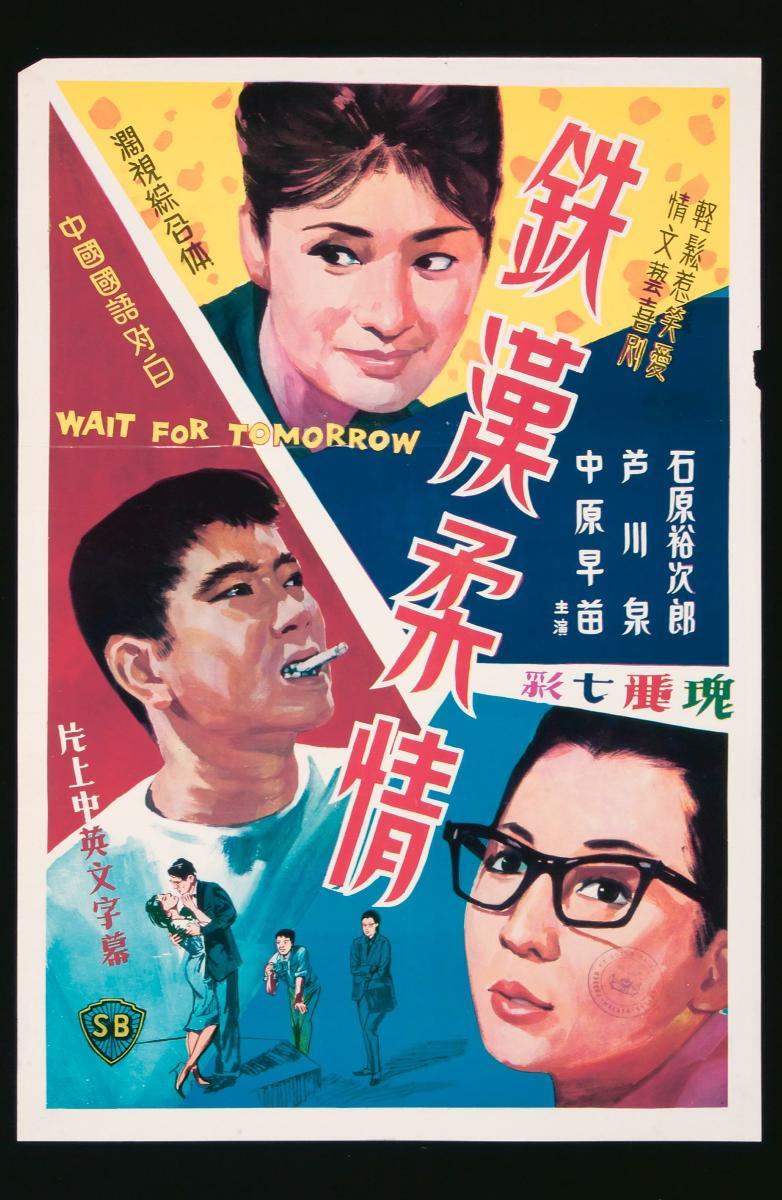
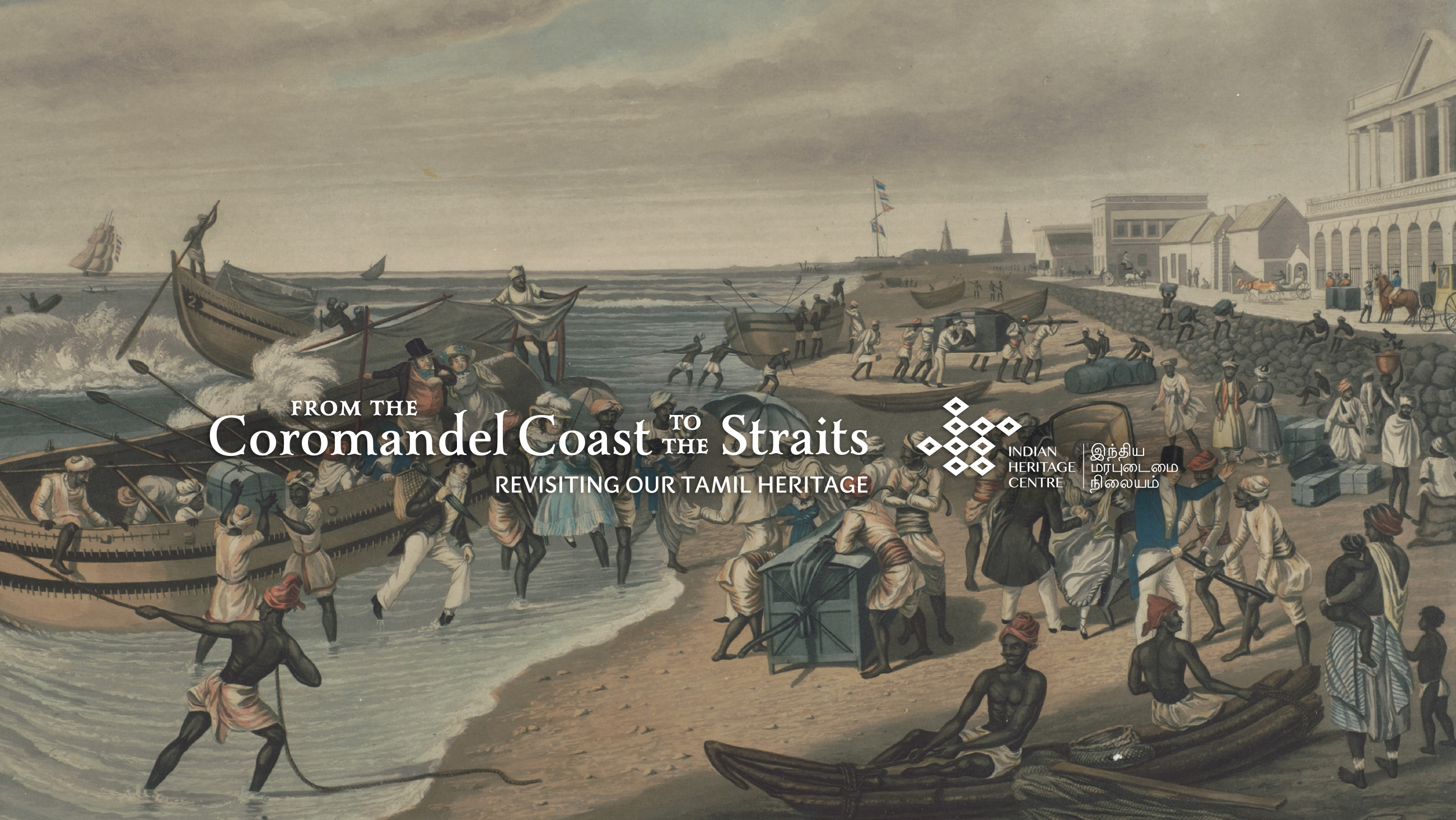
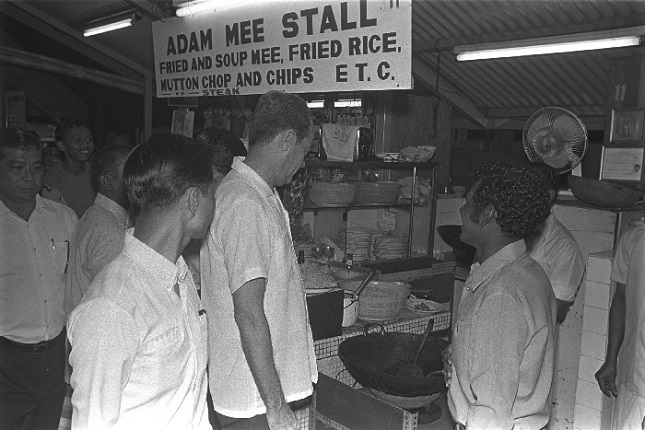
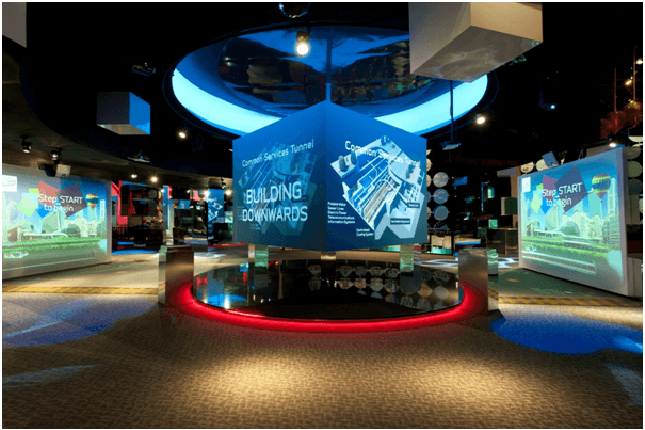

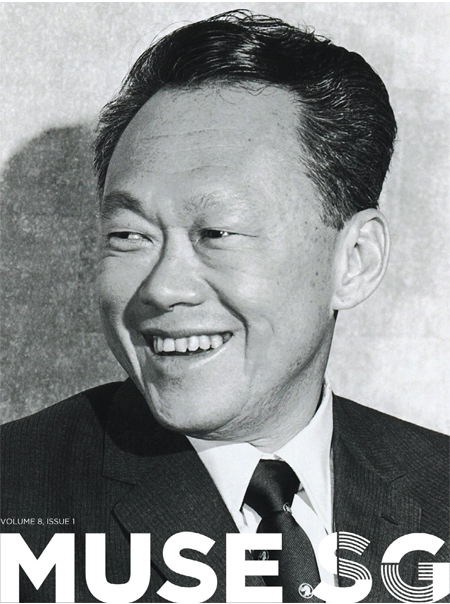

.ashx)

